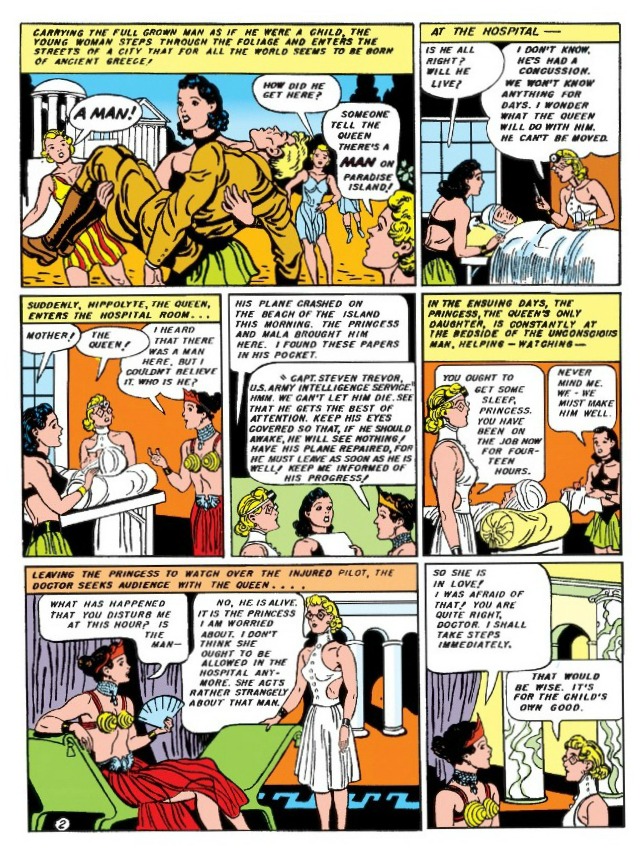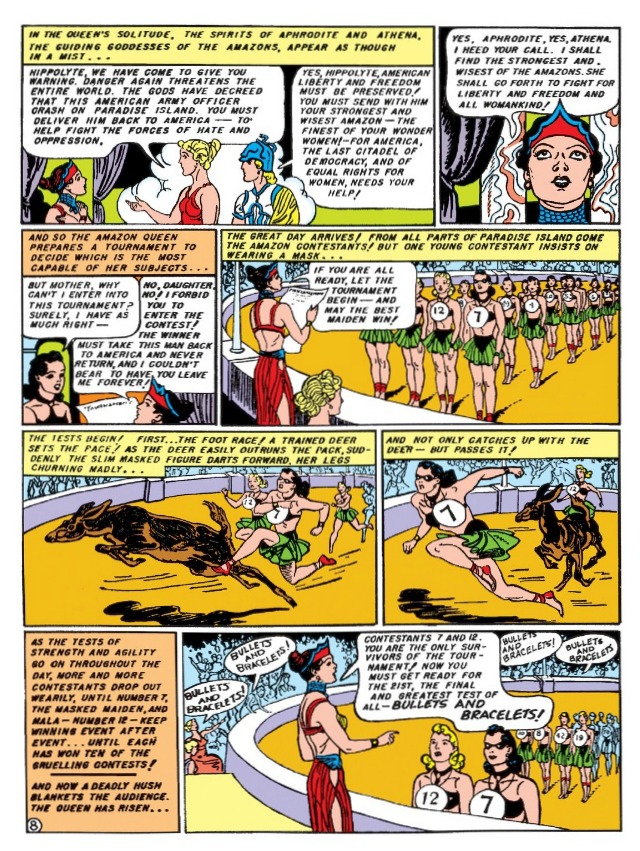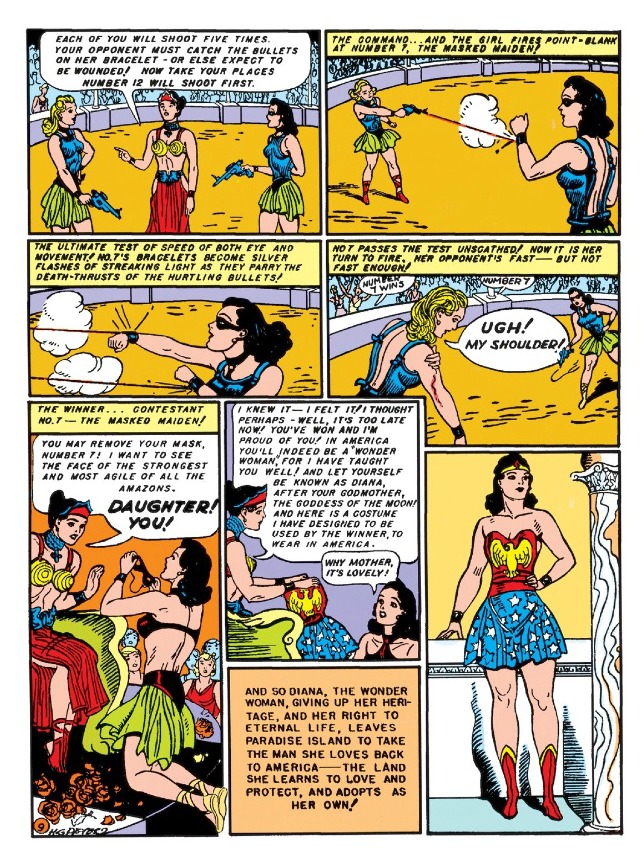Nine-Year-Old Krysia Mihulka’s story actually begins without her even knowing it on the night of August 23, 1939 when the Soviet Foreign Minister Vyacheslav Molotov and German Foreign Minister Joachim von Ribbentrop signed the Treaty of Non-Aggression between Germany and the Union of Soviet Socialist Republics. The treaty peacefully divided up Poland - Nazis occupying the western half, the Soviets occupying the eastern half.
What does this have to do with a 9 year old girl living in Lwów, a small city in eastern Poland? Everything. The Molotov-Ribbentrop Pact, as it came to be called, sealed the fate of this young girl and her family once the war began. After the initial invasion and occupation of Poland by the Germans on September 1, 1939, the Soviet army invaded and occupied eastern Poland as per the Pact on September 17, 1939.
The Mihulka family, father Andrzej, mother Zofia, Krysia, and younger brother Antek, 5, had lived a quiet, happy life surrounded by extended family and friends before the invasions. But her father, a respected lawyer, had been part of the Polish Army defending his country against the Nazis, so that when the Soviets came, he was forced into hiding, as all lawyers and judges were being summarily executed. Later, the Soviets arrived at the Mihulka home in the middle of the night looking for him, and proceeded to arrest Krysia, Antek, and their mother. The Soviets, they said, wanted to get rid the world of the “bourgeois rich” aka capitalists, like the Mihulkas.
At the railroad station, they were put into already crowded cattle cars. Eventually, they began the long, hard trip to a remote work camp on the steppes of Kazakhstan. Conditions there are terrible - bitter cold winters without blankets or clothing to keep warm, and a constant gnawing hunger. Krysia’s mother is subjected to constant nighttime interrogations about her husband whereabouts, and the children experienced both fear and anxiety, never knowing if she would return from those brutal sessions.
Then, in 1941, the Polish prisoners were suddenly granted amnesty after the Germans began their invasion of the Soviet Union, and the Soviet Union signed the Anglo-Soviet Treaty of Mutual Assistance on July 12, 1941 (the Soviets needed the help of Britain, who was an ally of the exiled Polish government).
Krysia and her family left Kazakhstan, and went to Uzbekistan, where they were able to reunite with some family members. After a while, the Mihulka family made their way to Persia (present day Iran), and in 1944, Krysia and Antek were sent to Africa, where they were living when the war finally ended. It wasn’t until two years later that they discovered their father’s fate.
For all the history that is included in this memoir, I found it to be very accessible, written in a voice that is at once young but knowledgable, even though the author is now in her in her 80s. Difficult concepts or unfamiliar historical events are clearly explained for even the youngest of readers. Krysia shares both her own experiences and fears in clear detail that is age appropriate, being truthful but without being too graphic (and those times were often graphically violent).
There is a map to help young readers track the journey Krysia and her family went on beginning with Lwów and ending in Iran. This is followed by Polish pronunciation guide at the front of the book, which I found very helpful, and an Author’s Note explaining why she finally decided to tell her story with the help of her daughter and co-author, Krystyna Mihulka Goddu.
I would definitely pair this incredibly interesting memoir with a book called The Endless Steppe written by Esther Hautzig which, you may recall, is also about the author as a young Polish girl, Esther Rudomin, and her family who were exiled to a labor camp in Siberia, Russia. Krysia and Esther’s true stories have much in common though told from two different perspectives.
The fate of families like Krysia’s is not a story that is often told, but it is a poignant, important one and this book helps bring it to light. She relates the events that happened to her in a simple, direct, easy to understand narrative style. And, I think, Krysia’s story will certainly resonate with readers given the current refugee problems in the world today.
This book is recommended for readers age 10+
This book was a EARC received from Edelweiss+
This book is recommended for readers age 10+
This book was a EARC received from Edelweiss+
















